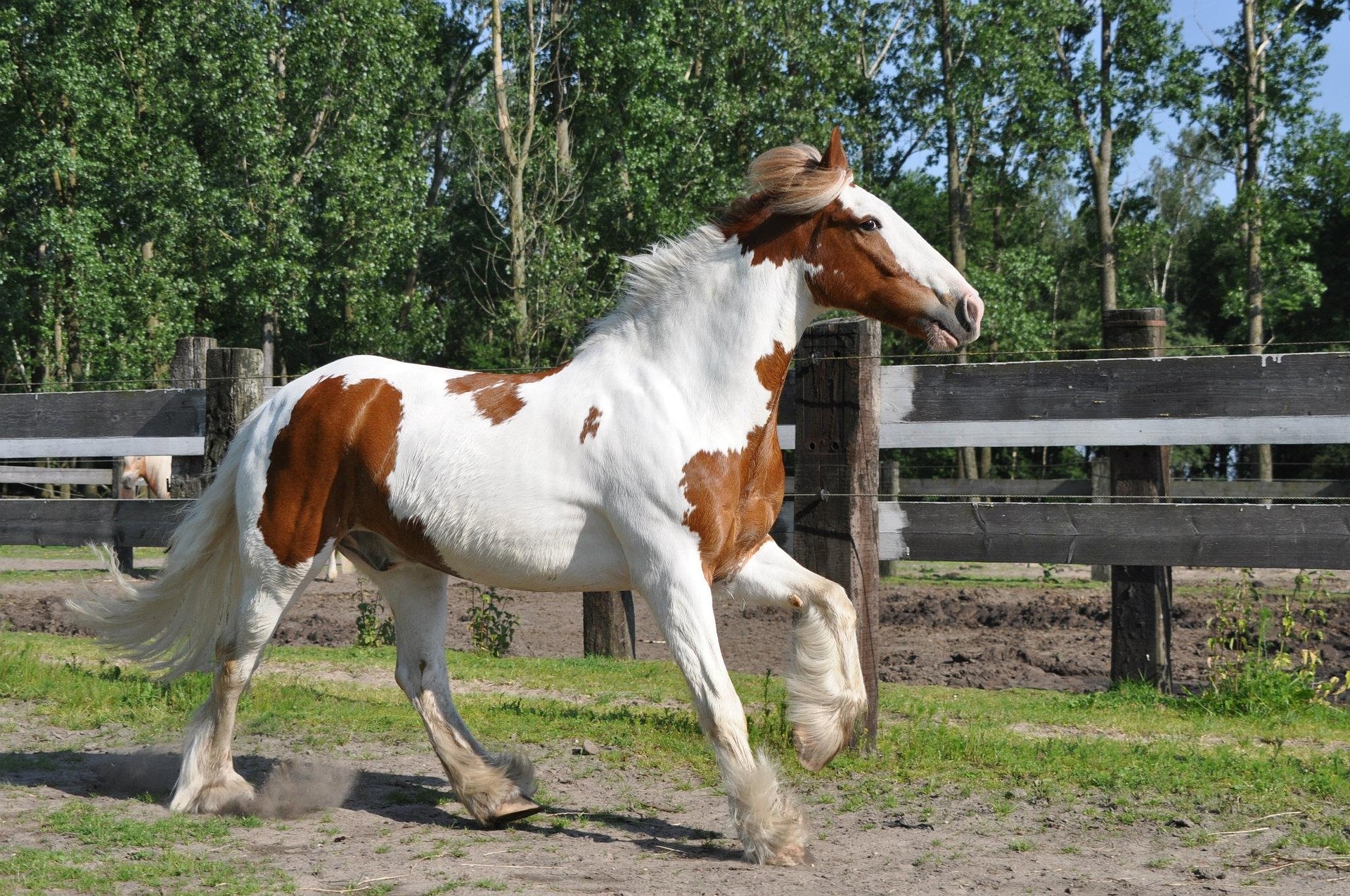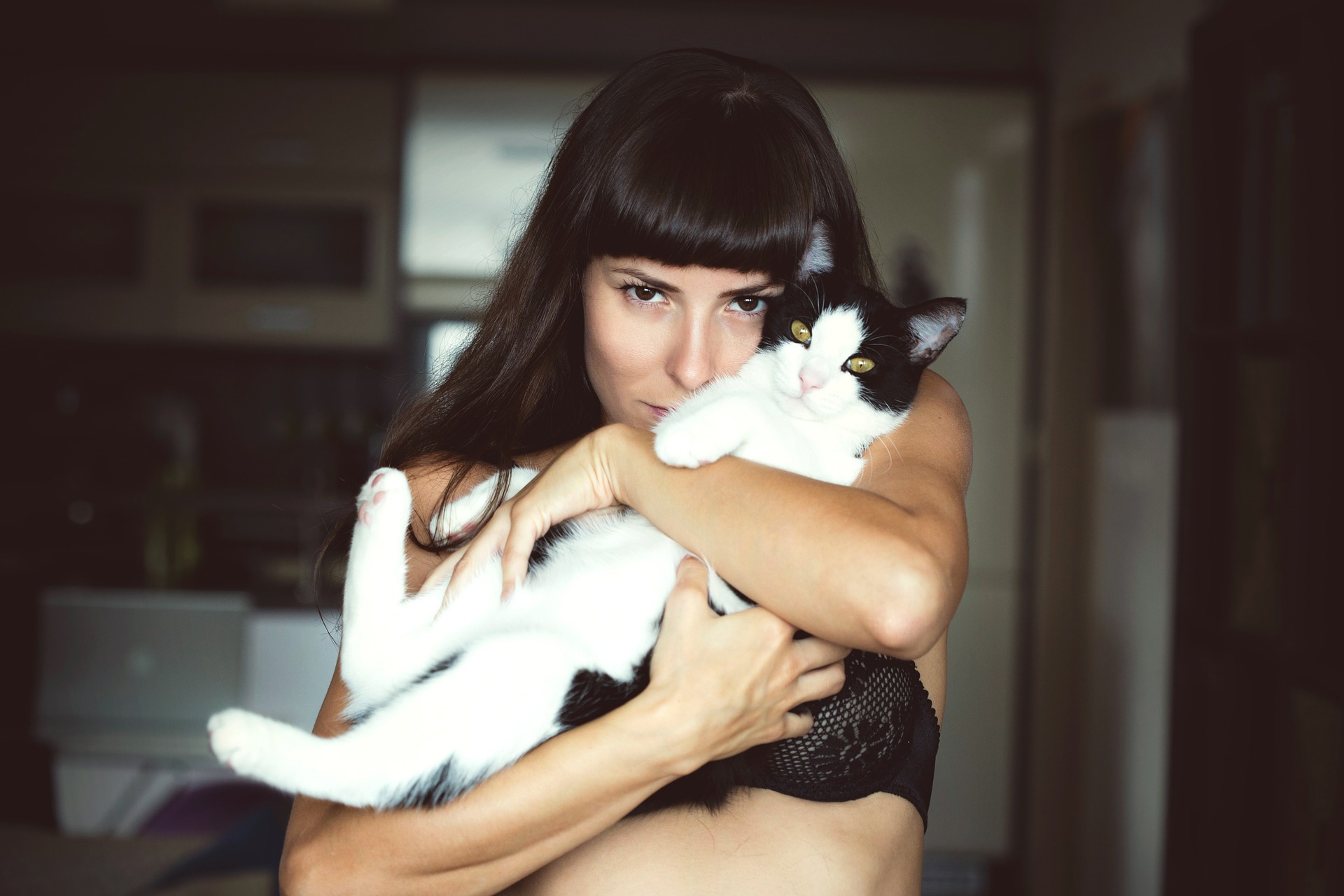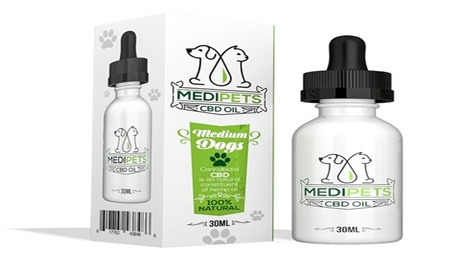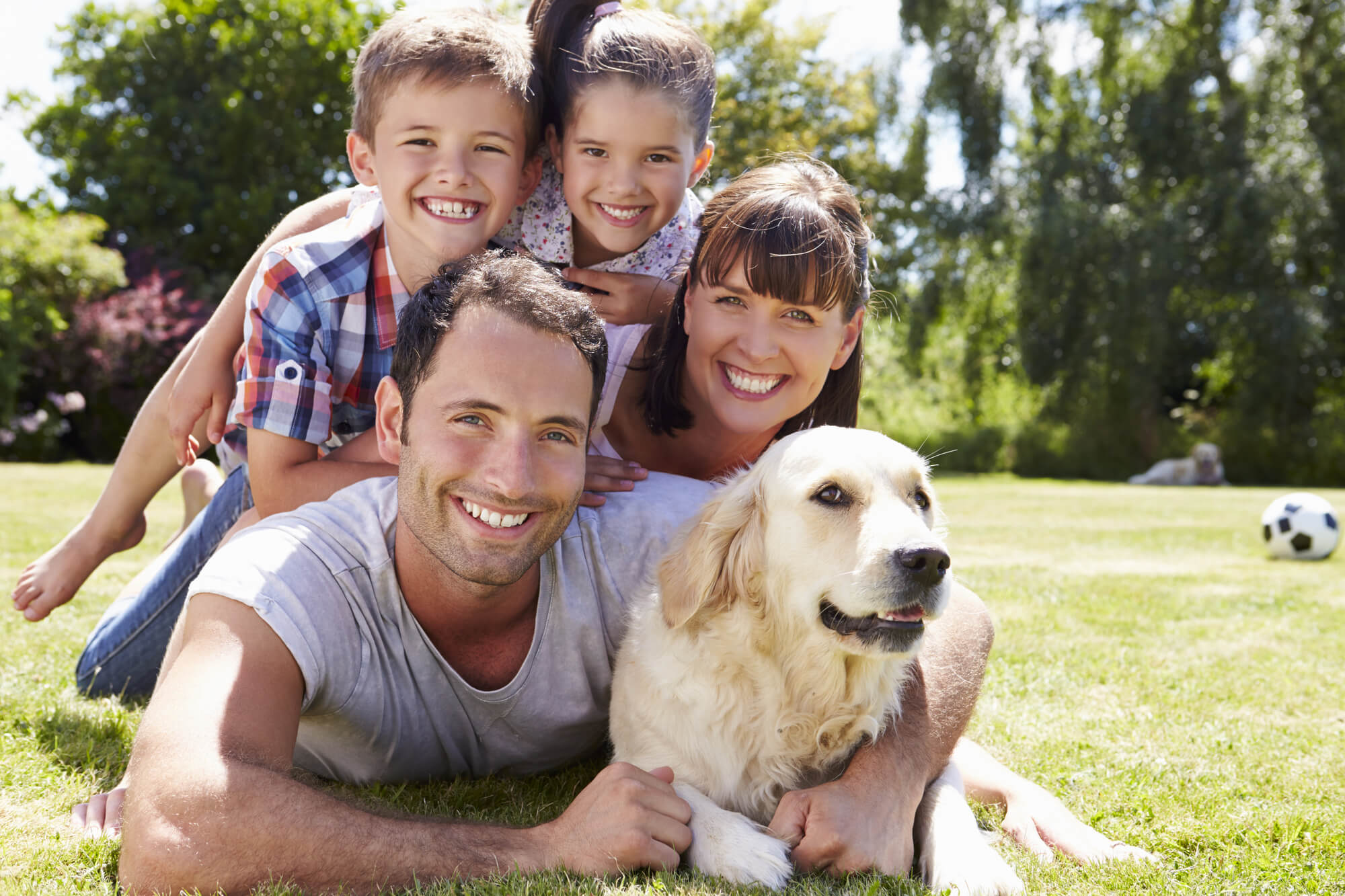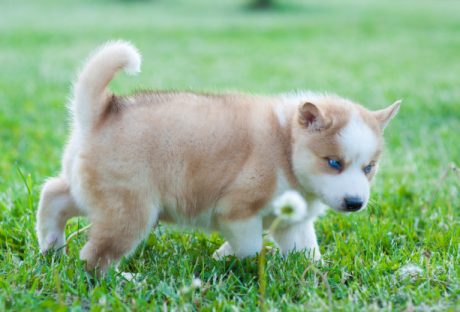Owning a pet horse to have adventures with is a common wish on every little girl’s mind. You can experience their wonder in popular classic novels like Black Beauty and in pop culture with the reboot of shows such as My Little Pony. Mythical creatures like unicorns and the pegasus can be found all over stores, bringing a bit of magic into playtime. And of course, no western is complete without the hero riding off into the sunset on his trusty equine companion.
Whether they have wings, a horn, or even both, horses have found themselves at the top of well-loved pets and animals. But this doesn’t even begin to scratch the surface of their importance. Thanks to horses, we have found ourselves at the forefront of adaptation and evolution. The following discusses how and why the domestication of the horse has helped make us human.
Why horses?
There are a few songs you may recall describing wild horses in some way or another. Yet today in 2019, you couldn’t find many of these in the wild. The majority of horses now are domesticated either for sport, farm work or as the family pet. Over five thousand years ago, horses were domesticated for a variety of reasons. Horses were, and in some parts of the world still are, a food source. Before modern technology of cars, these animals were the fastest way people could travel over any distance. Horses were a common choice over other animals because they were better suited for colder weather. These animals also had the muscle to perform long and tireless tasks such as pulling heavy farm equipment. They can withstand weight up to twenty percent of their own body mass, making them the prime choice to haul people, carriages, and large wagons. Besides utilizing horses for everyday tasks, they have also become the main attraction in sports such as racing, polo, and horse shows. These competitions display a horse’s beauty and brawn, typically consisting of jumping, agility courses, and obstacle courses. Check out simplehorselife.com to know more about the origins of horses.
Horses as pets and companions:
Even though these creatures have a history of running wild, keeping horses requires lots of care. This care consists of lots of time, energy, and money. You can find a variety of resources online such as Finish Line horse products that give information for products and horse care. For example pain relief, hoof care, and supplements to give your horse the best quality of life. In fact, horses can be used as animal companions such as a seeing-eye dog, however, smaller horses are utilized in the same manner. Miniature horses show great intelligence and cognitive skills and respond greatly to verbal commands. When properly trained, they can help the blind avoid obstacles to keep their human counterpart safe. There is also no need to keep them outside like larger horses; this companion stands about 30 inches tall and can be housebroken. However, horse fencing enables the separation of horses when necessary, preventing conflicts or injuries in group settings.
Helping us be human:
The domestication of horses has been shown to have had a great impact on us humans. Horses have been used to help soldiers injured during the 5th century. Physical fitness has utilized riding horses to improve your muscles such as the core, legs, and back. You need to be mentally aware of your horse and respectful. They are larger and incredibly strong, so when riding one, you have to be aware of your surroundings and body. Thanks to this strength, horses helped us to carry heavy loads to build houses and other structures, in addition to carrying food across distances to keep people fed. People also rode horses to gain speed on their prey for hunting. These animals were also used in warfare, helping people create and maintain civilizations and populations.
Read Also:













